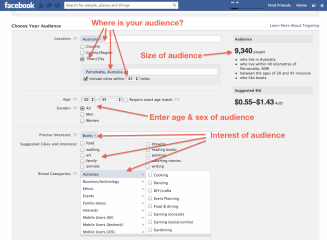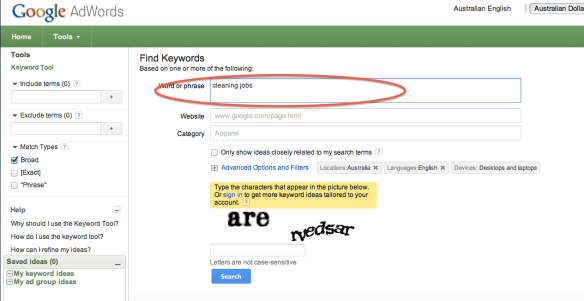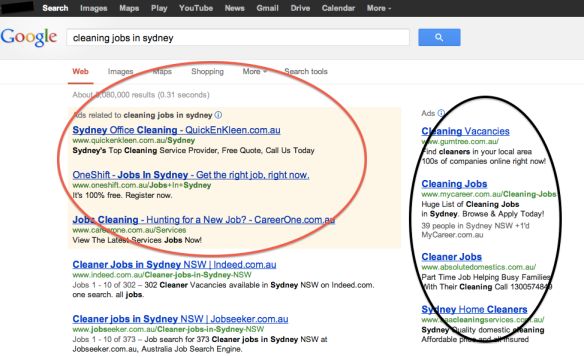Why do recruitment firms charge so much? Today we will take a look behind the veil and analyse the costs of a standard recruitment firm. This is the first of a 3 part series of posts that will cover (or uncover) whats behind the veil of recruitment companies.
For the last 30 yrs. I have been running medium sized recruitment companies and have been fortunate to experience all sorts of recruitment from industrial recruitment firms through to search firms.
The purpose of this post is to explain the cost structure of these businesses, which in turn will help you understand why some things happen, and more to the point, why a lot of things don’t.
What is a Recruitment Firm?
A recruitment firm is a sales based company, and when I say sales, I mean hard core sales.
Some organisations are very ethical and unfortunately, there are many who don’t know the meaning of ethical let alone being able to spell it.
Some firms do permanent recruitment whilst some do casual/contract/temp and then there are some that do all types of recruitment.
In most cases the only differing factor within a recruitment firm is the people. After all, the process of finding candidates and placing them in roles is not that different from firm to firm, despite what the leaders of the firm may say. However the passion, gusto, imagination and pig headedness of a great recruiter, is what makes them great; because they think differently, and won’t give up.
The structure of a recruitment firm
In general, there are 4 main sections of a recruitment firm.
- Operations – which consists of the do’ers – the consultants and line management as sometimes they will carry a budget*
- Administration – which consists of the consultant coordinators, administrators, reception, PA’s etc.
- Finance – which houses the payroll and accounting functions
- Management – which usually has the senior management (CEO/MD etc)
*Individual budgets are used to set expectations for consultants and managers. As a rule of thumb, a consultants budget is 3 times their employment costs, e.g. at a $60,000 TEC, the annual budget would be $180,000.
What is interesting is that all but 1 of the above are cost centres.
The only profit centre is the Operations team.
I made mention of Line Management in the operations section. This varies as in some organisations, managers of teams of consultants have billing responsibility and some organisations don’t.
The costs associated with running a recruitment firm
A lot of people complain about the fees that a recruitment firm charges and in many cases, those complaints are justified. However when you look behind the veil of a recruitment company you will not find a lot of fat.
There are 4 main costs associated with the recruitment firm, People, Rent, Advertising and Insurance, usually in that order.
For example, assume a firm has the following members.
- 15 x consultants (5 teams of 3) @ $60,000 (TEC) each = $900,000
- 5 x coordinators/pa’s (usually 1 for every 3 consultants) @ $50,000 each = $250,000
- 2 x Line Managers @ $100,000 = $200,000
- 1 x CEO/MD @ $200,000 = $200,000
- 1 x Office manager @ $70,000
- 1 x Receptionist @ $40,000
- 4 x people in finance (including payroll) @ $65,000 each = $260,000
NB: These costs are optimistic and I haven’t included any cost for commission/bonus and IT as assuming it is outsourced.
That is a total annual salary costs of $1,920,000
Rent – Assume there are 2 offices, one in the CBD and one in the suburbs. Therefore rent and associated costs are $300,000
Advertising – Advertising costs are increasing. Years ago an ad on the local internet job boards was around $20. Today these costs have increased and now 1 ad is around $80 (depending on volume discounts). Assume there are 3 ads per consultants (17 including line managers) per week @ $80 per ad = $212,160 per annum
Insurance – Insurance covers workers compensation, public indemnity, and professional indemnity. Insurance Costs = $200,000 per annum
Other – General overhead e.g., electricity, water, consumables, etc @ $3,000 per head per annum = $87,000
Total expenses = 2,619,000 per annum (and that is being extremely optimistic)
We now need the operations to deliver $2,619,000 (gross profit) in the year just to cover the running costs of the business. Assuming the 2 line managers carry a budget, that is $154,000 per billing head.
Lets break this down a bit.
Assume that the organisation only does permanent work, and the average role being worked on carries a salary (TEC) of $60,000 and the average margin is 15% for the recruitment work. Therefore the average invoice value for the recruitment firm is $9,000.
The firm needs to close 291 roles in the year, (or 17 each billing person) to cover its costs. However, if the average invoice value dropped to $7,000 due to margin pressure, the number of roles required to cover costs is now 374 (or 22 each person).
And that is why, it is hard to get a consultant to drop their rates.
As can be seen from the above, the costs associated with these organisations are not elaborate. They are all made up of people who basically provide a service.
In the next post of this series, we will be exploring why recruiters (in-house/internal and agency) seem so unreliable.
Author: Steven Begg Twitter: @stevenbegg @inhouserecgroup



















